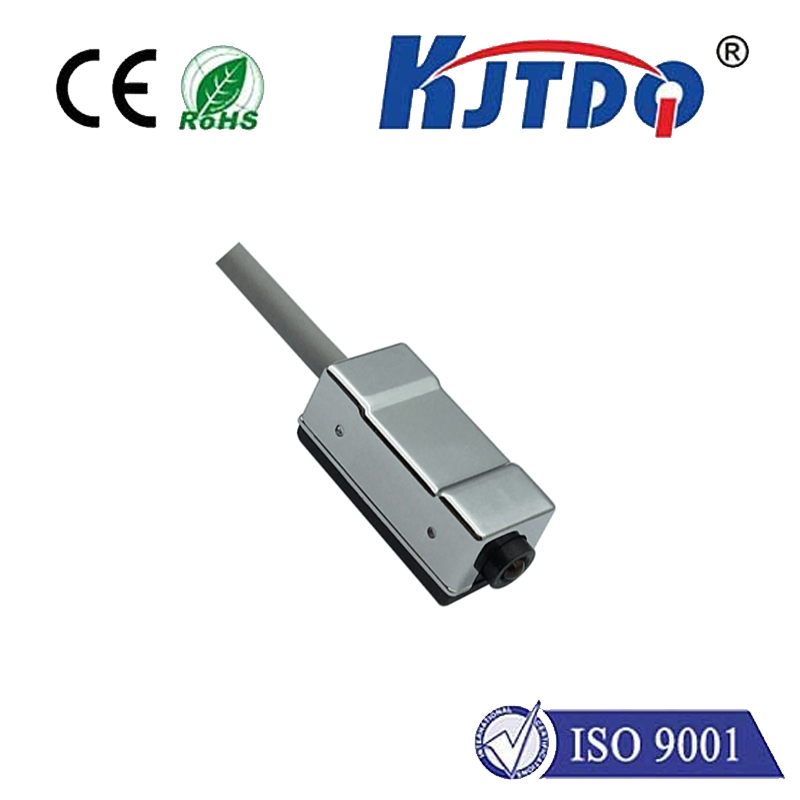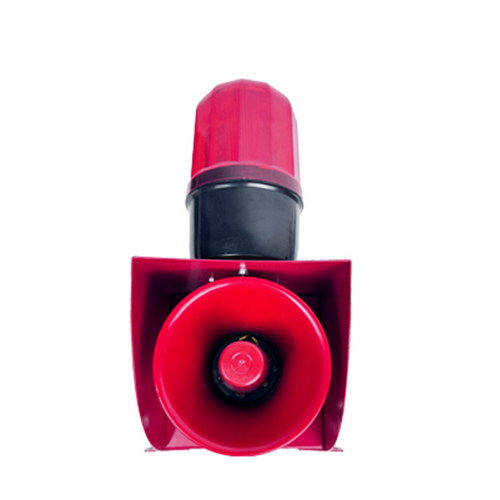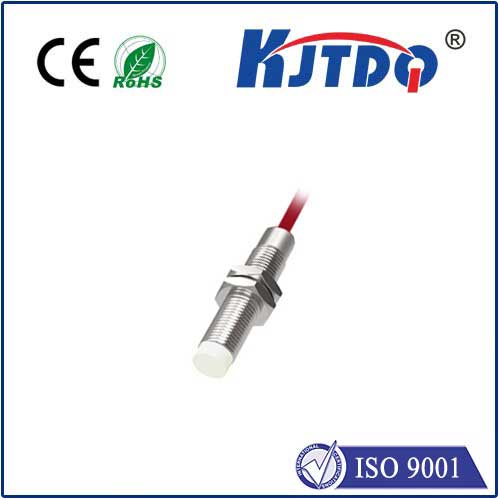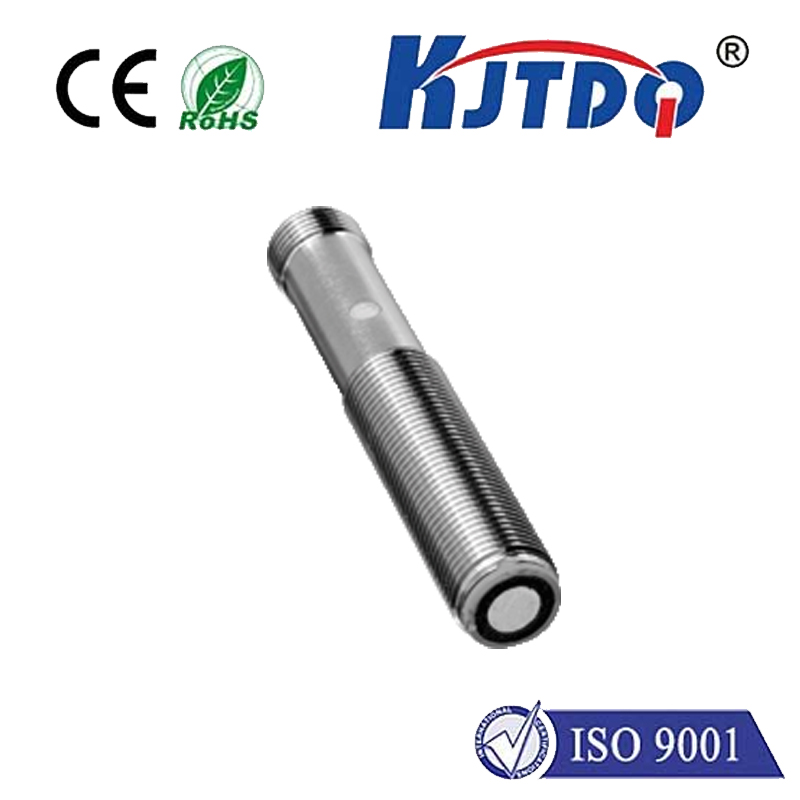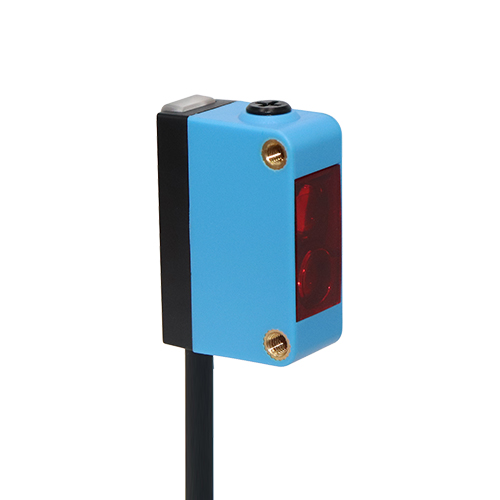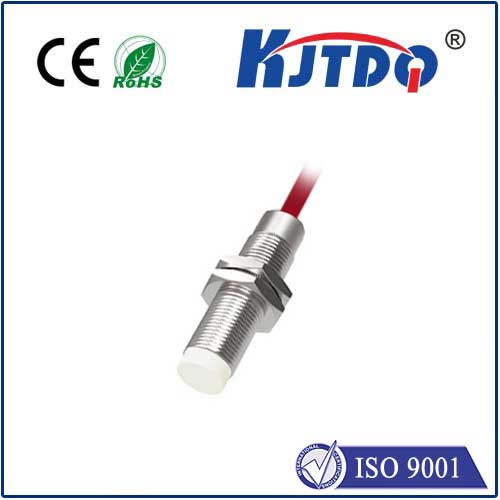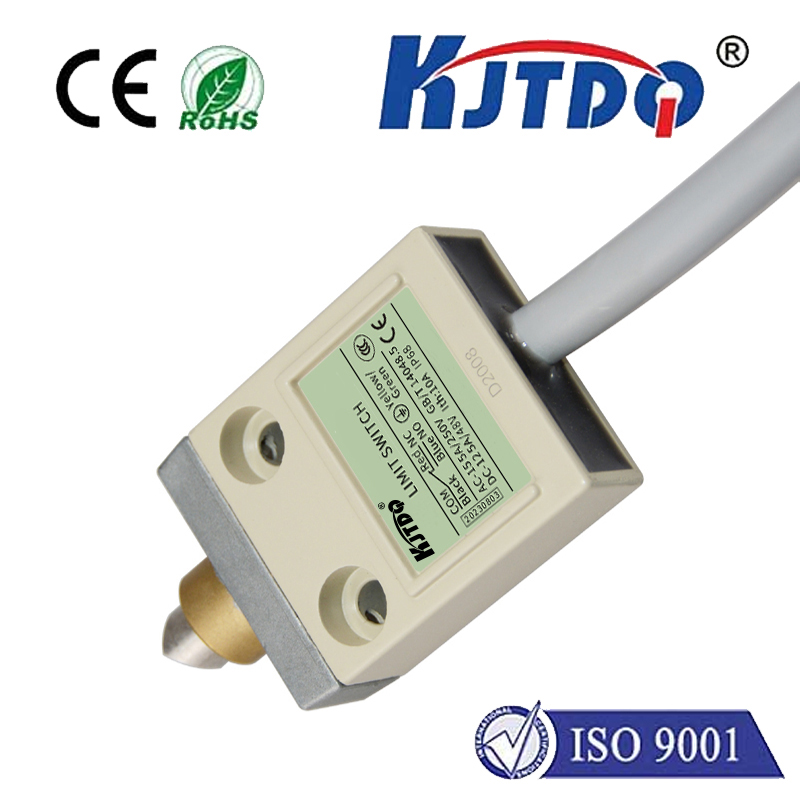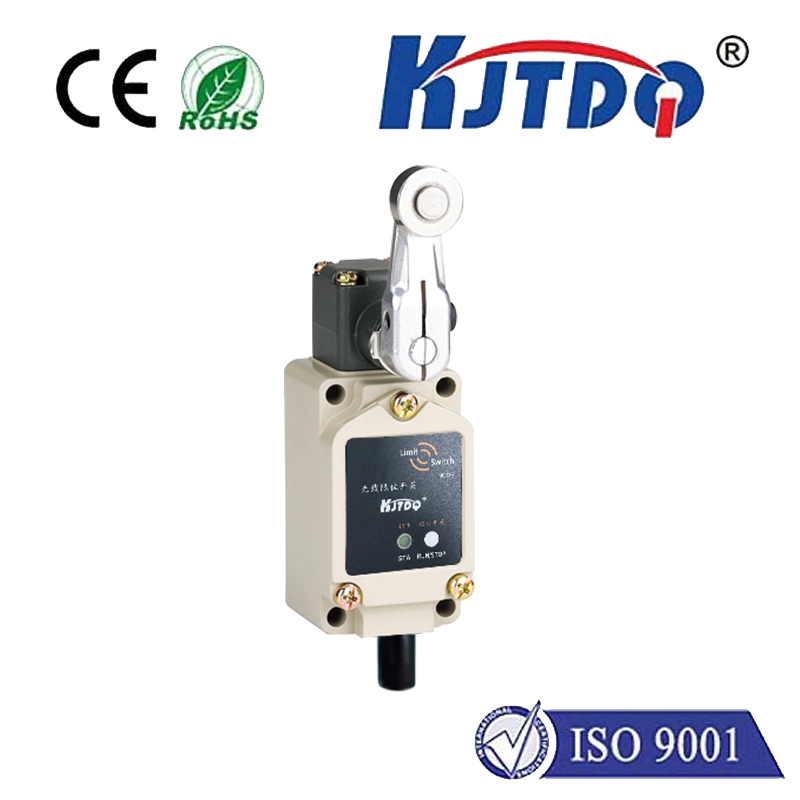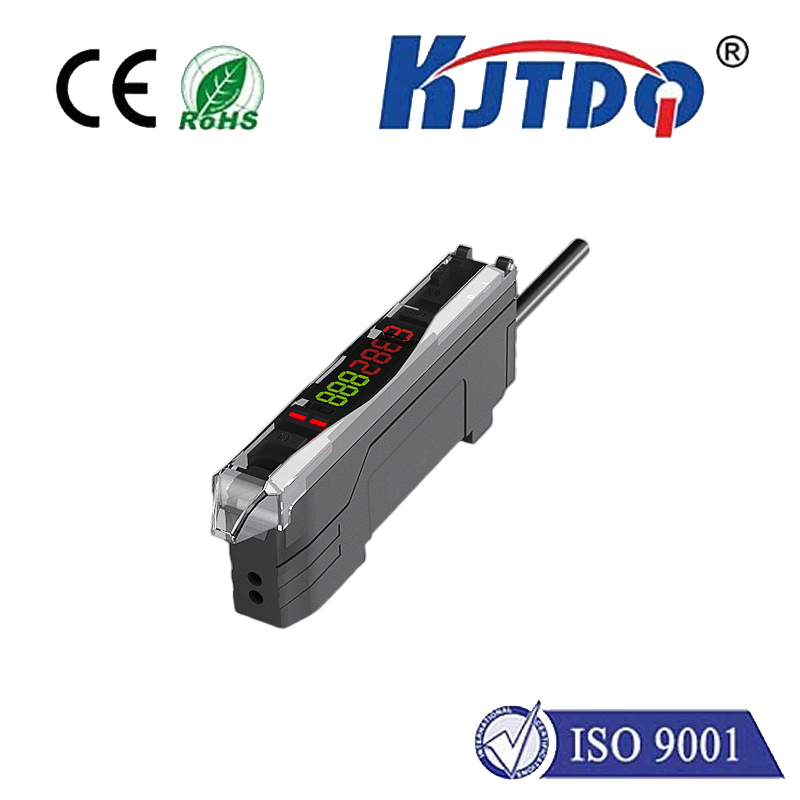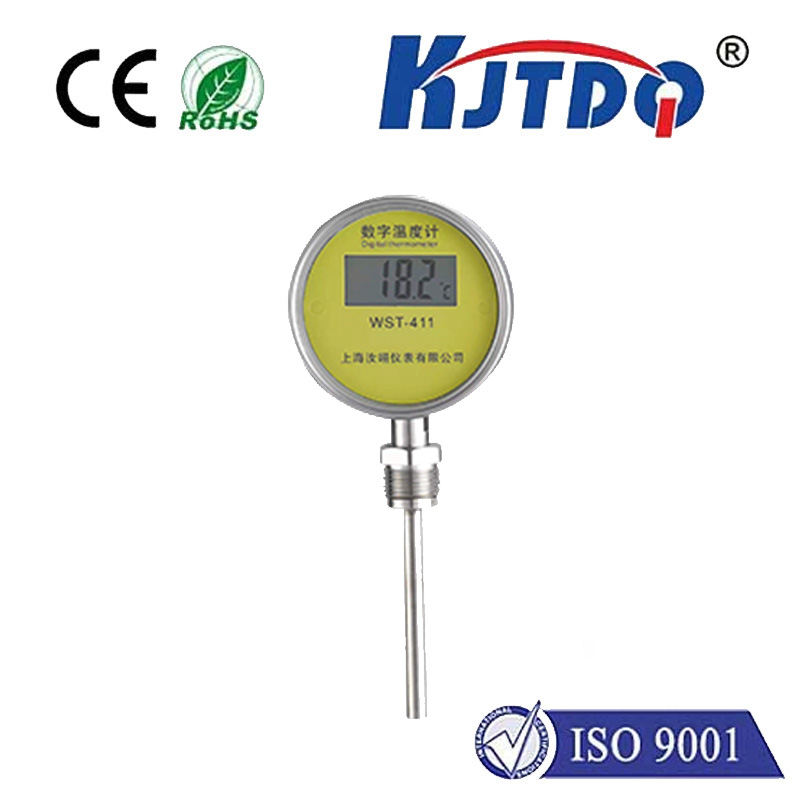

check

check

check

check

check

check

check

check

check

check
In the intricate world of household appliances and advanced machinery, a myriad of components work in unison to ensure efficiency, safety, and reliability. One such crucial yet often overlooked component is the water limit switch. This unassuming device plays a pivotal role in managing water levels within various machines, thus preventing potential damage and enhancing overall functionality. Let’s delve into how water limit switches operate, their importance, and the myriad ways they impact our daily lives.
A water limit switch is essentially a sensor designed to detect the presence or absence of water within an appliance. It functions by completing or breaking an electrical circuit based on the water level. When the water reaches a predetermined level, the switch sends a signal to the control system, triggering a response – be it turning off the water supply, activating a pump, or alerting the user through a warning light or sound.
Water limit switches come in various configurations, including float-operated, capacitance-based, and ultrasonic types. The most common among these is the float switch. In this mechanism, a buoyant float rises with the water level, causing a lever to actuate the switch when a certain level is reached. Capacitive and ultrasonic switches, on the other hand, use electronic principles to measure water levels without physical contact, offering greater accuracy and adaptability to different environments.
The significance of water limit switches cannot be overstated across different industries and domestic applications. Here are some key reasons why these switches are indispensable:

Flood Prevention: In washing machines, dishwashers, and water heaters, water limit switches prevent overfilling by stopping the water flow once the desired level is attained. This simple function averted countless floods caused by malfunctioning appliances.
Energy Efficiency: By regulating water levels, these switches ensure that appliances only heat or process what is necessary. For instance, in water heaters, maintaining optimal water levels reduces energy consumption associated with heating excess water.
Extended Lifespan of Appliances: Proper water management prevents strain on pumps, motors, and other moving parts, thereby prolonging the life of the appliance and reducing maintenance costs.
User Safety: Excessive water levels can lead to short circuits and electric shocks. Water limit switches mitigate such risks by ensuring that electrical components remain dry and operational under safe conditions.
Water limit switches find applications beyond household appliances, extending into industrial equipment, commercial establishments, and even medical devices. In industries like food processing and pharmaceuticals, precise control over water levels ensures product quality and safety. Commercial laundries rely on these switches to optimize water usage and reduce utility bills. Meanwhile, medical diagnostic machines utilize them to maintain sterile environments and ensure accurate readings.
As technology advances, so do water limit switches. Integration with Internet of Things (IoT) platforms enables real-time monitoring and remote control of water levels, enhancing convenience and efficiency. Additionally, developments in material science promise more durable, corrosion-resistant switches suitable for harsher environments. These innovations not only improve performance but also expand the potential applications of water limit switches in emerging fields.
In conclusion, water limit switches epitomize the blend of simplicity and ingenuity that drives modern technology. Though small in stature, their contribution to safety, efficiency, and sustainability is immense. From safeguarding homes against accidental flooding to optimizing industrial processes, these unassuming devices quietly go about their business, making the world a little safer and more efficient every day. As we march towards an increasingly connected future, the role of smart sensors like water limit switches will only grow, heralding new possibilities in how we interact with our environment.
